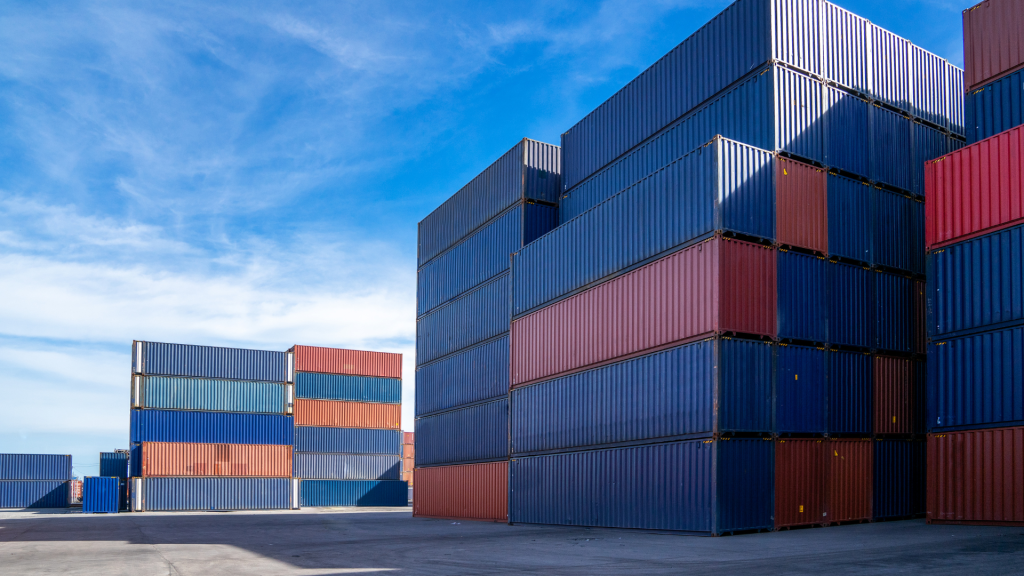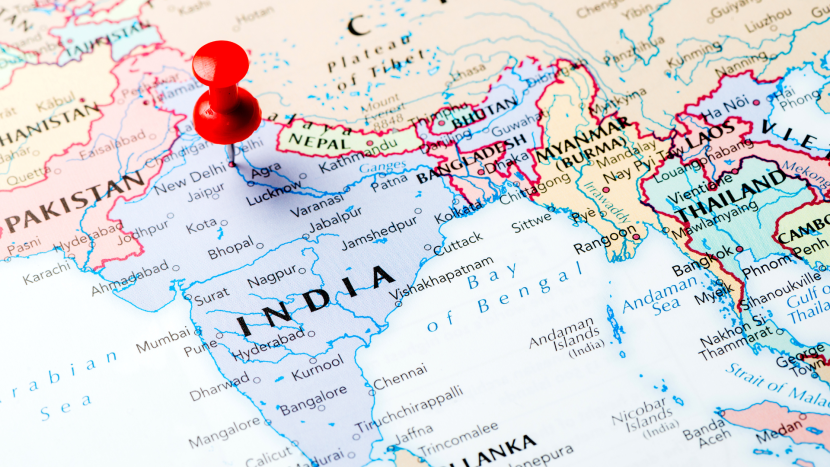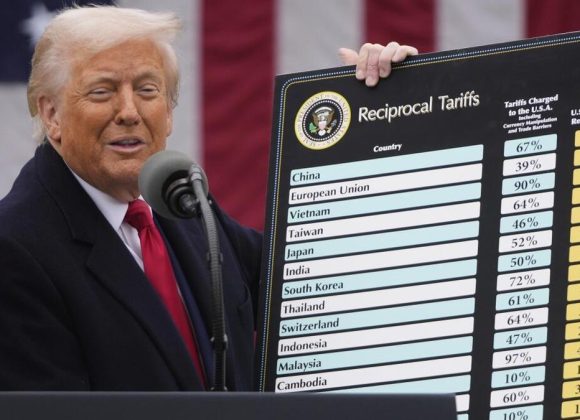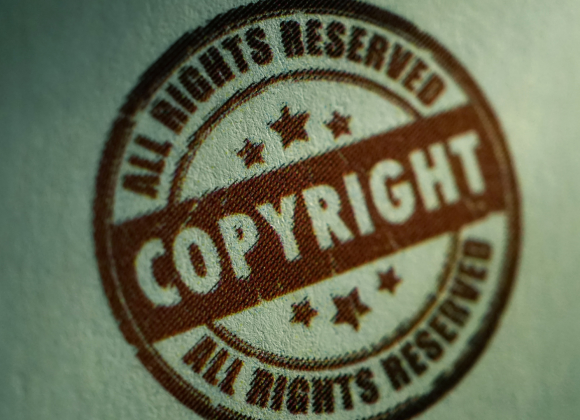India has just fired a calculated salvo in its ongoing trade tug-of-war with China. In March 2025, the Government of India imposed anti-dumping duties on five Chinese products, sending a clear message: cheap imports won’t be allowed to undercut Indian industries anymore.
These duties are more than just economic tools — they’re shields designed to protect Indian manufacturers from unfair competition. Let’s dive deep into what this means, which products are affected, and why this move matters.
🧭 What Are Anti-Dumping Duties?
Before we go product by product, it’s worth understanding the term.
Anti-dumping duties are tariffs imposed on foreign imports that are priced below fair market value. When a country like China sells goods in India at unreasonably low prices — often even lower than their production cost — it can cripple local businesses.
To prevent this, countries use anti-dumping duties as a safeguard.
🚨 The 5 Chinese Products Facing Anti-Dumping Duties
1. 🧴 Aluminium Foil (Up to $873/tonne)
Used in packaging, insulation, and electronics, aluminium foil imports from China were found to be significantly underpriced, threatening Indian producers. As a result, India slapped a provisional anti-dumping duty of up to $873 per metric tonne for six months.
💬 “This temporary move gives Indian foil manufacturers breathing space and time to adjust to global pricing pressures.” — DGTR official
2. 🧊 Vacuum-Insulated Flasks ($1,732/tonne, 5-Year Duty)
We all love our thermos flasks, especially those stylish ones flooding the market — many of them Chinese. But Indian manufacturers couldn’t keep up with the price war. A five-year duty of $1,732 per tonne now aims to even the playing field.
This isn’t the first time flasks have been in the spotlight. Back in 2020, India initiated a probe but dropped it. Now, the evidence was too strong to ignore.
3. ⚙️ Soft Ferrite Cores (Up to 35% CIF Value)
This one might fly under the radar, but it’s huge for tech. Soft ferrite cores are essential in electronics, from EVs to mobile chargers.
China’s aggressive pricing left Indian producers gasping for breath. With a duty of up to 35% of the product’s CIF (Cost + Insurance + Freight) value, India is betting on reviving its domestic electronics component manufacturing.
4. 🧪 Polyvinyl Chloride (PVC) Paste Resin ($89–$707/tonne)
Used in synthetic leather, paints, sealants, and adhesives, this resin is another key industrial input. The DGTR found Chinese (and some Korean, Taiwanese, Malaysian, and Norwegian) imports were undercutting Indian firms.
Now, depending on the country of origin, duties range between $89 and $707 per tonne. This wide range is based on how much injury each country’s exports caused.
5. 💧 Trichloro Isocyanuric Acid (Duty Imposed for 5 Years)
This chemical might not be a household name, but it plays a critical role in water purification, bleaching, and sanitation. Dumped into India at ultra-low rates, it threatened India’s chemical industry.
A five-year anti-dumping duty has now been slapped on imports from China, marking another step toward chemical industry resilience.
📊 Why This Move Now?

India’s trade deficit with China continues to soar. In 2023-24, it reached a staggering $85 billion. China remains India’s largest goods trading partner — but the relationship is far from balanced.
India has tried encouraging Atmanirbhar Bharat (self-reliant India) policies, but cheap Chinese imports keep disrupting local markets. The latest duties are part of a larger, strategic shift to:
- Promote domestic manufacturing
- Secure employment in vulnerable sectors
- Discourage unfair trade practices
The Directorate General of Trade Remedies (DGTR) led the investigations, and the Central Board of Indirect Taxes and Customs (CBIC) formalized the duties.
🌐 WTO’s Take on Anti-Dumping: What the Rules Say
Under Article VI of the GATT 1994 and the WTO Anti-Dumping Agreement, countries are allowed to impose anti-dumping duties — but only under specific conditions. These tariffs can be used to protect local industries from imported goods being sold at prices lower than their actual value.
🔁 Time Limit Matters:
Any anti-dumping duty isn’t forever. It must automatically expire after five years from the day it’s imposed — unless a fresh investigation proves that removing it would once again harm the domestic industry.
🤝 The Watchdog Body – Committee on Anti-Dumping Practices:
This committee, which meets at least twice a year, acts as a platform where WTO members can raise concerns, share updates, and keep tabs on how anti-dumping rules are being applied globally.
🔍 A Closer Look: The DGTR’s Role
The DGTR acts like a watchdog — sniffing out evidence of injury to Indian industries. In each of these cases, it was found that the Chinese products were not only dumped at unfair prices but were causing material injury to local players.
📢 “These duties aren’t just about raising prices. They’re about ensuring fair play in trade,” said a senior official from the Ministry of Commerce.
🌍 Global Context
India is not alone. The U.S., EU, and other countries have frequently imposed anti-dumping measures against Chinese goods.
In fact, Indian alloy steel producers recently announced plans to request anti-dumping duties on Chinese steel, suggesting this may just be the beginning of a new wave of tariff measures.
🧭 Final Thoughts: Strategic, Not Protectionist
These measures may raise import prices in the short run, but they’re not about shutting doors. They’re about building fair competition, preventing industrial sabotage, and giving Indian businesses the chance to innovate and scale.
With global trade becoming more unpredictable and competitive, India’s decision to stand up against dumping is not just necessary — it’s long overdue.
💬 What’s Your Take?
Do you think anti-dumping duties will help Indian manufacturers thrive? Or do you worry it might trigger price hikes for consumers?
Let’s talk in the comments!





